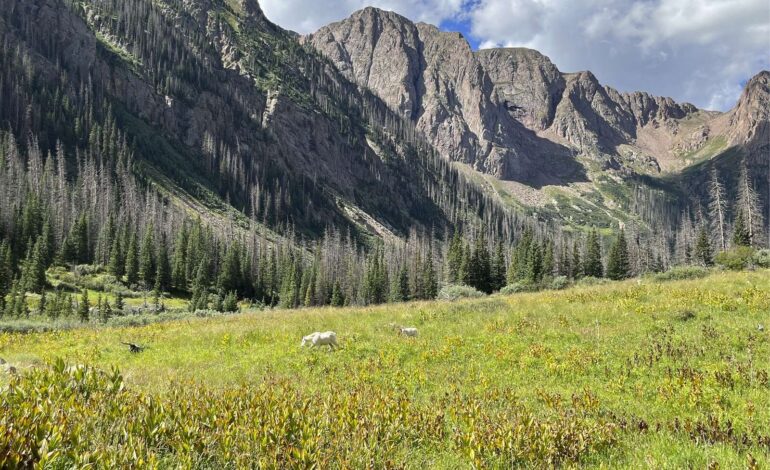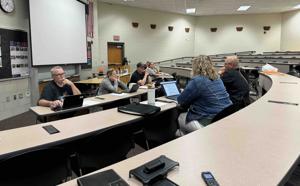Weminuche Wilderness Celebrates 50 Years of Protection Amid Challenges

UPDATE: The Weminuche Wilderness in Southwest Colorado marks a significant milestone today, celebrating 50 years of federal protection since its designation on January 19, 1975. This nearly half-million-acre expanse, known for its stunning peaks and alpine ecosystems, remains Colorado’s largest wilderness area, but faces growing pressures as visitor numbers surge.
Just announced by conservationists, the anniversary highlights the ongoing struggle to balance preservation with the increasing demands of a modern world. 5,000 visitors flock to the Chicago Basin each summer, overwhelming its fragile environment, according to local officials such as Stephanie Weber, Executive Director of the San Juan Mountains Association (SJMA). “Chicago Basin is not where you go for solitude,” Weber stated, emphasizing the strain on the ecosystem that the influx of tourists has created.
The Weminuche Wilderness was established after years of advocacy, beginning with a proposal in 1969. The grassroots support from local citizens played a crucial role, with many rallies and public hearings underscoring the importance of protecting these lands. “The fate of the Weminuche Wilderness Area is now quite literally in the hands of local citizens,” a local editorial from that time declared.
As the wilderness celebrates its anniversary, threats have evolved from mining and logging to overuse and climate change. Lois Bartig-Small, a former Forest Service ranger and long-time advocate, pointed out that areas like Chicago Basin are “being loved to death” by visitors, leading to littering and disturbances to wildlife. The habituation of local goat populations to human presence has raised alarms about the impact on natural behaviors.
In addition to environmental degradation, the management of the area faces urgent staffing shortages. The Columbine Ranger District, which oversees much of the Weminuche, has seen its workforce plummet from 24 employees to just 7 or 8 in recent years due to budget cuts. Andrew Carroll, President of Backcountry Horsemen, highlighted the reliance on volunteers for trail maintenance, stating, “It’s becoming more important because the Forest Service here is relying more on volunteers to keep the trails open.”
The original goal of conservationists—to preserve the natural ecosystem for future generations—has proven successful, but the challenges are daunting. With climate change impacting weather patterns and the increasing popularity of outdoor recreation, the community is rallying to protect what remains.
MK Thompson, an advocate with SJMA, expressed optimism for the future: “I have hope for our little corner of the world,” she said, emphasizing the importance of local stewardship and community involvement. As the Weminuche Wilderness enters its next chapter, the commitment to protect and cherish this vital natural resource remains as crucial as ever.
The anniversary also serves as a reminder of the ongoing debates regarding the intrinsic value of nature versus its economic potential. As the community remembers the struggles of the past, it faces a pivotal moment in ensuring that the Weminuche Wilderness continues to thrive for generations to come.
As the day unfolds, discussions on how to balance human activity with ecological preservation are ongoing. The public is urged to engage, as the future of the Weminuche Wilderness and its pristine landscapes hang in the balance.






